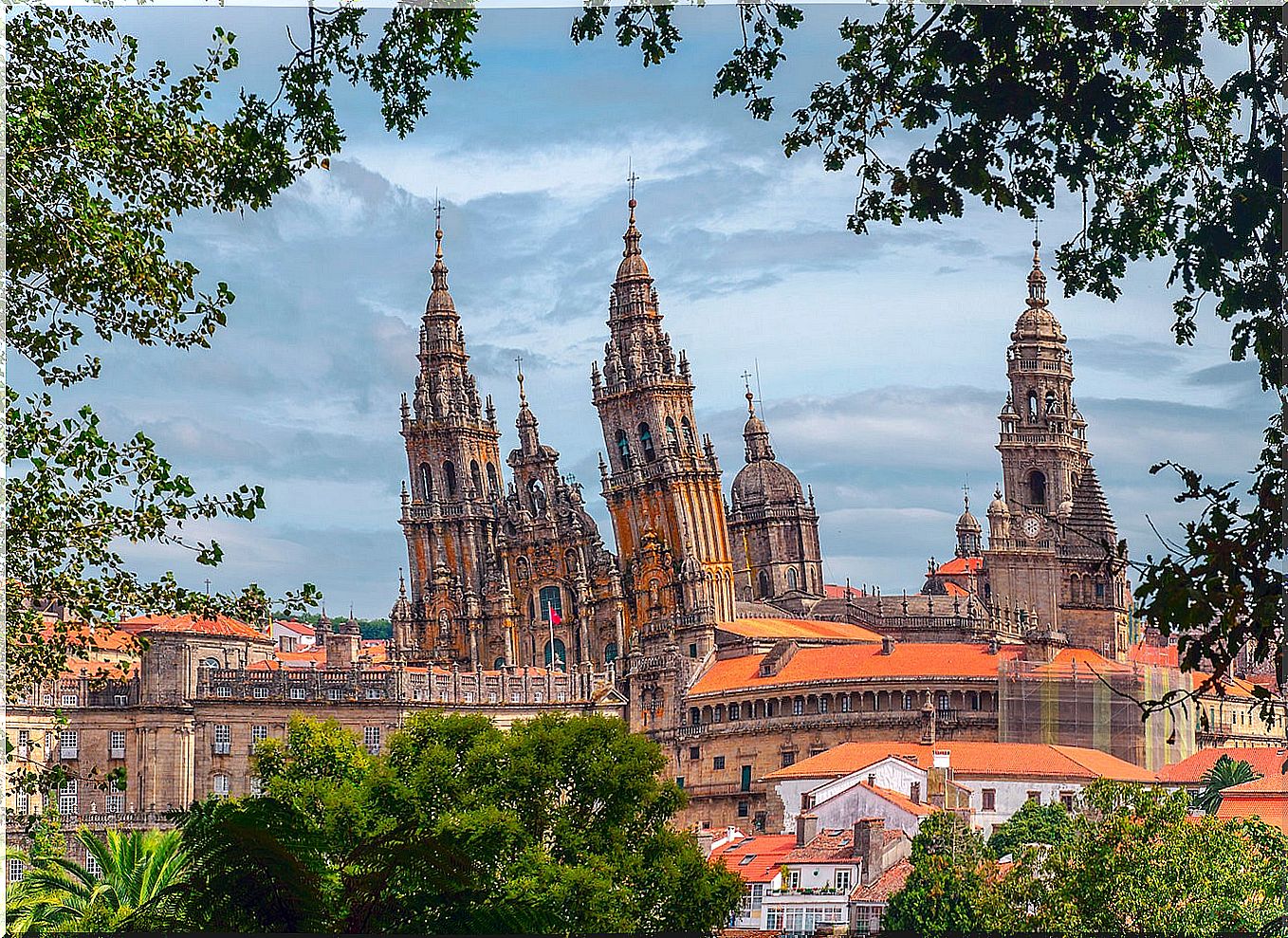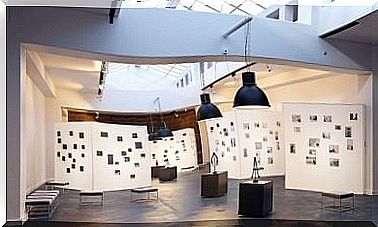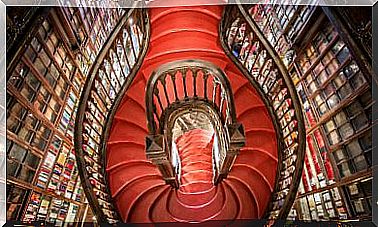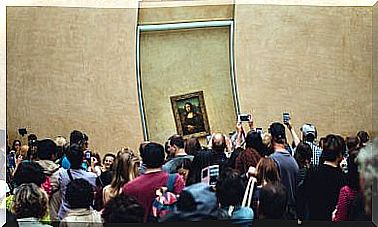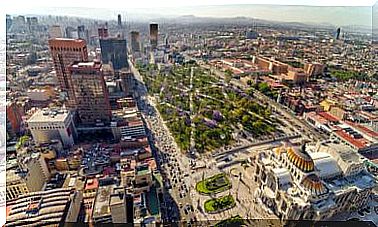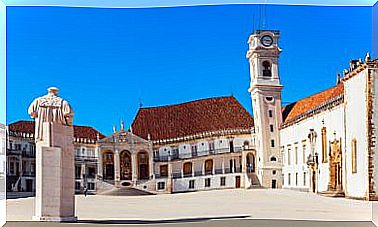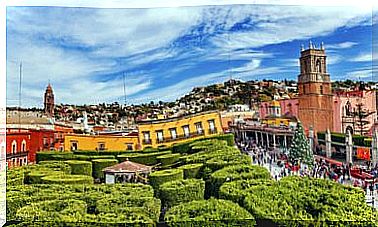The Most Important Cathedrals In Latin America
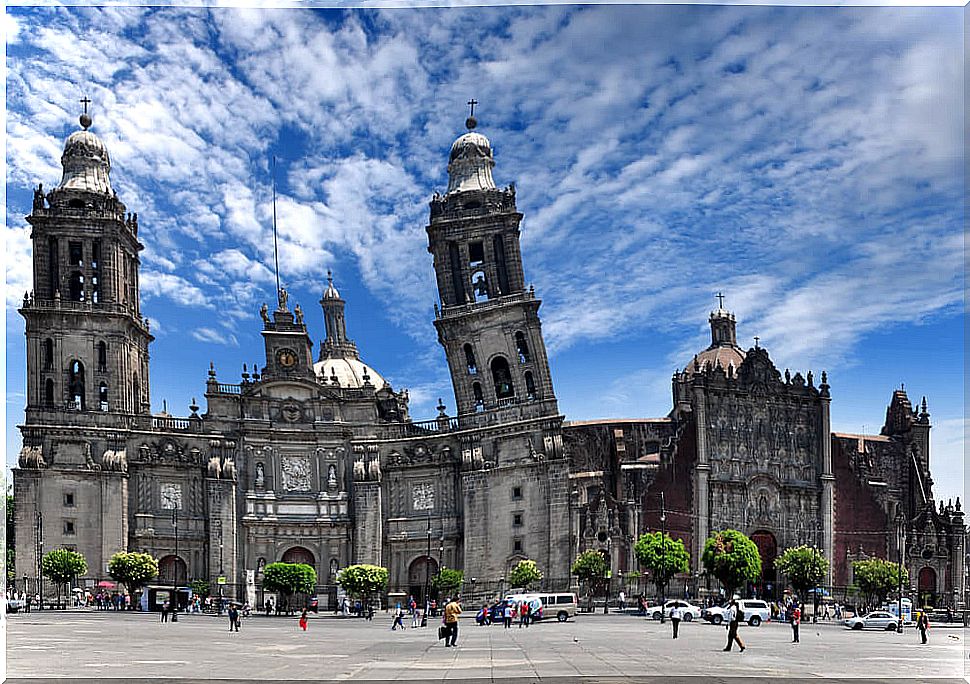
The Catholic Church played a leading role in the process of conquering and colonizing the American territory. A reflection of the power it had can be seen through the buildings that were built at that time and that are still preserved. Let’s see which are some of the most important cathedrals in Latin America.
The first dioceses and their cathedrals
Cathedrals are Christian temples where the bishop has his seat or chair. In this way, the main church of every diocese obtains the rank of cathedral. Taking this description into account, cathedrals in Latin America were only possible with the formation of the first dioceses.
Cathedral Basilica of Saint Mary of the Incarnation

The diocese of Santo Domingo is the oldest that has survived in American territory. It was created on August 8, 1511 by the bull Romanus Pontifex of Pope Julius II. A year later, construction began on the Cathedral Basilica of Santa María de la Encarnación, designed by the architect Alonso Rodríguez.
On August 31, 1541, it was consecrated and five years later Pope Paul III elevated it to the rank of metropolitan and primate cathedral of America. Since 1990 it has been a UNESCO World Heritage Site.
The cathedral stands out for its Gothic style with ribbed vaults. Its façade contains Renaissance ornaments dated between 1514 and 1546. The building has three doors, two of them Gothic and the other in the Plateresque style. Inside there are vast artistic treasures: altarpieces, paintings, furniture and tombstones.
The mausoleums of the archbishops of the colonial period are also preserved, as well as the grave stone of Simón Bolivar. For a time it also housed the remains of Christopher Columbus, which were moved to the Columbus Lighthouse.
Metropolitan Cathedral of Mexico City
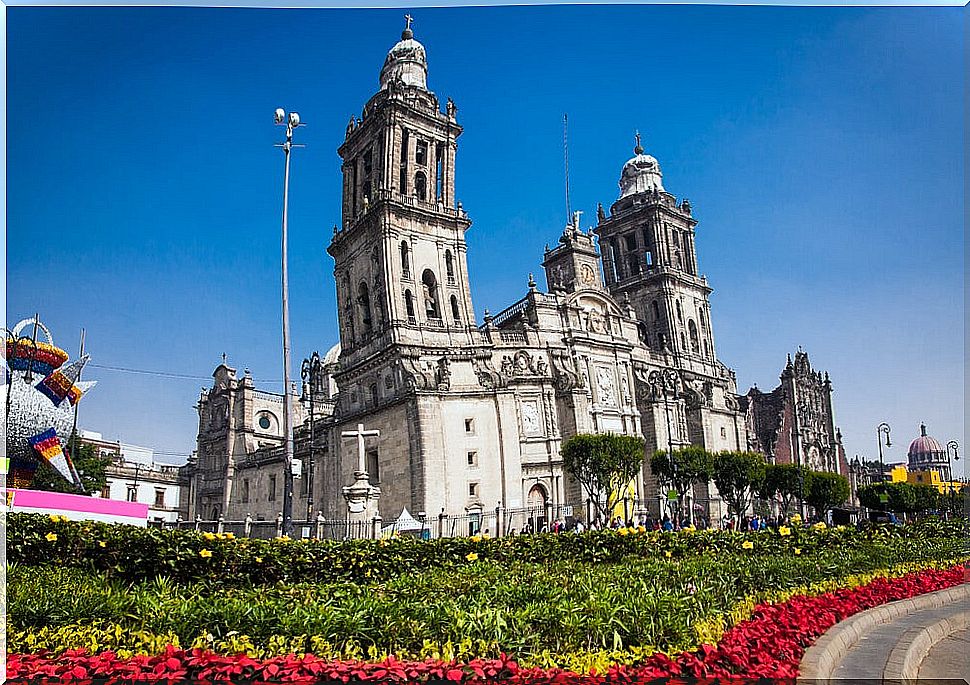
In 1527 they wanted to form a new ecclesiastical circumscription in the territories of what would become New Spain. For this reason, a bishop was chosen to lead the diocese of Mexico, a constituency that was not established as such by the pope until September 2, 1530. Sixteen years later it would be elevated to an archdiocese.
The seat of the archdiocese is the Metropolitan Cathedral of the Assumption of the Blessed Virgin Mary to the skies of Mexico City. Its construction began in 1573 and was not completely finished until 1813.
It is located in the historic center of Mexico City, on the north side of the Plaza de la Constitución. The cathedral is made up of four facades in which there are several facades flanked by columns and statues. The building is made up of five naves and two bell towers that currently house 35 bells.
Inside the building we find sixteen chapels dedicated to different saints. The chapels have abundant ornaments in the form of altars, altarpieces, paintings, furniture or sculptures. In addition to the chapels, we also find two large altars, the sacristy and the choir. In the latter two of the largest eighteenth-century organs in America are preserved.
Basilica Metropolitan Cathedral of Lima
The diocese of the City of Kings was erected on May 14, 1541 by Pope Paul III. He quickly rose to the rank of archdiocese. That was on November 16, 1547, at which point it ceased to depend on Seville.
The Metropolitan Cathedral Basilica of Lima, seat of the archdiocese, began to be built in 1535. In this first moment, Francisco Pizarro laid the first stone of a church that was made under the invocation of Our Lady of the Assumption. It was finished in the year 1538.
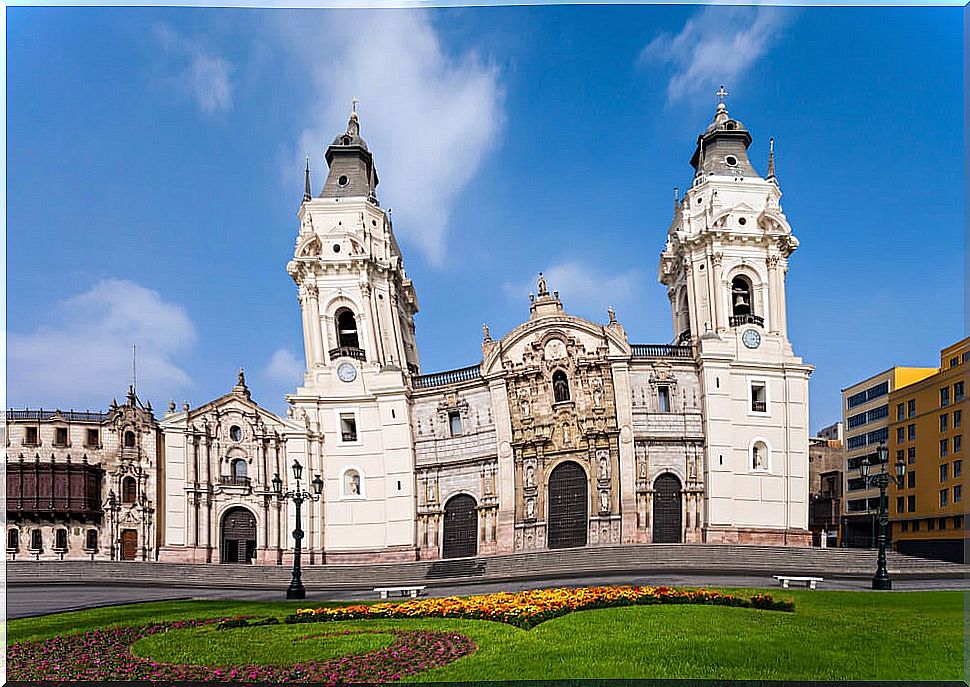
A cathedral according to the status of the Lima diocese
When the diocese was created in 1541, this small church was elevated to the category of cathedral. A series of projects were then started that had the purpose of modifying this modest building and building a sumptuous cathedral. In 1552 what they call the second cathedral was inaugurated, which was patronized by Saint John the Evangelist.
The idea of building a great cathedral was still valid, so in 1581 the archbishop ordered that a new cathedral be built. The project was entrusted to the architect Francisco Becerra, who thought of a Renaissance-style church, with a wide plan and with three large naves and two side chapels.
The church was finished in 1649. However, as a result of two earthquakes, one in 1687 and another in 1746, the cathedral was very damaged in its structure. For this reason, in 1758 the viceroy arranged for a new cathedral to be built on the same site. In this way, the building that we can see today is a reconstruction of the original.
Starting in 1991, this building became part of the number of cathedrals in Latin America that hold the title of Cultural Heritage of Humanity awarded by Unesco.
Metropolitan Cathedral of Quito
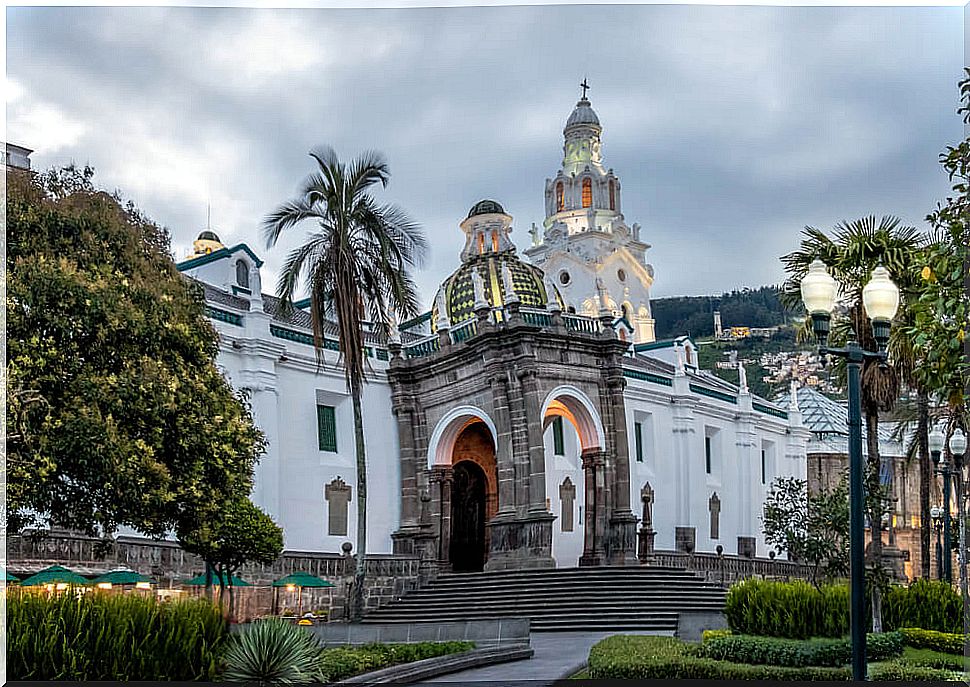
In January 1545, Pope Paul III erected the bishopric of San Francisco de Quito. It was not elevated to an archdiocese until the 19th century. The seat of the bishop, and later the archbishop, was established in the Metropolitan Cathedral of Quito.
This church is the highest Catholic church in the country. It is located in the southern part of the Plaza de la Independencia. Construction began in 1562. This first construction was a provisional temple built in wood, adobe and thatched roof.
Between 1562 and 1565 the construction began from its foundations, which makes it, probably, the oldest cathedral in South America. In 1660, after the eruption of the Pichincha volcano, the cathedral had to be rebuilt. Later, in 1797 it had to be rebuilt again.
The earthquake of 1868 forced a fourth reconstruction. The bell tower was totally destroyed. The reconstruction of the bell tower was completed in 1930 and it was not done following the original model but was done with a style out of context.
The cathedral is in the Mudejar Gothic style, with a longitudinal plan and consists of three naves. The interior is richly decorated. The first teachers of the Quito school carved the side altarpieces, which are covered with gold leaf, and in their niches images of saints and martyrs were also carved by this famous school.
The main altar, made entirely of gold, has Baroque and Mudejar influences. Like the other cathedrals that we have named above, the one in Quito is also part of the World Heritage Site.
Other cathedrals in Latin America
We could expand widely by talking about other outstanding Latin American cathedrals. However, we are just going to name a few. Among others, the Cathedral of San Miguel Arcángel of Tegucigalpa, the Metropolitan of San José, the Metropolitan of Asunción, the Metropolitan of Guatemala or the Basilica Santa María la Antigua in Panama stand out.
